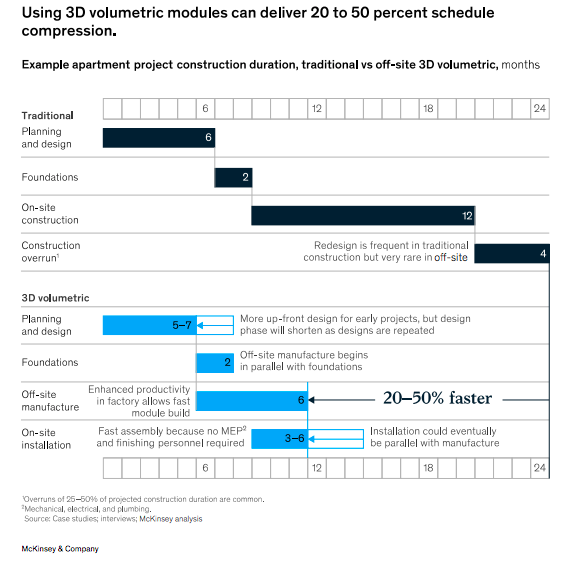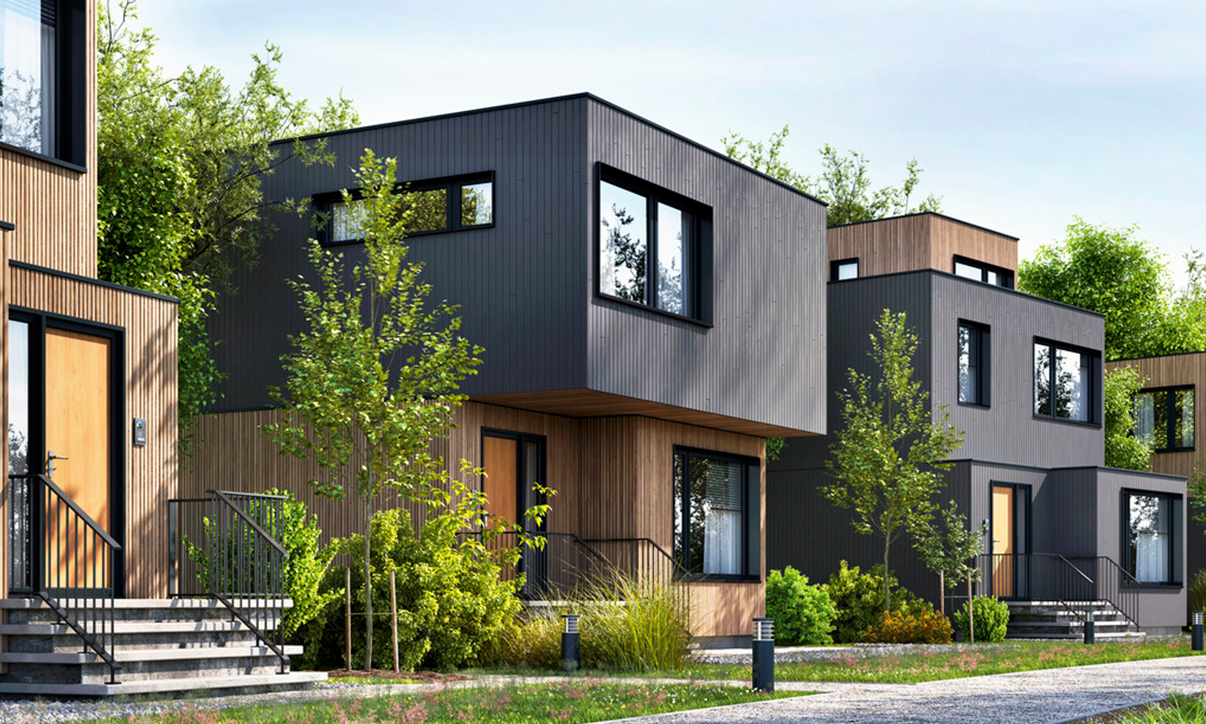Global construction productivity increased by only 10% (less than 1% per year) between 2000 and 2022, while productivity for the overall economy increased by 50% (2% per year) and manufacturing productivity increased by 90% (3% per year ).
The need to transform the manufacturing process is imperative for two reasons.
First, there is a global homelessness and affordability crisis. The UN Special Rapporteur on the Right to Adequate Housing estimated that approximately 1.6 billion people lacked adequate housing and 3 billion people could be affected by 2030 due to declining mortality rates, global population growth and limited affordable housing options.
Second, there is a critical skilled labor gap in the construction industry. An additional factor, although not as widely recognized, is that the building and construction sector is responsible for 37% of global emissions and faces increasing pressure to reduce its carbon footprint.
Industrial modular construction has the potential to be a game changer in the massive global construction industry by improving construction productivity. In contrast to the long-standing practice of assembling raw materials such as cement, timber and metal on-site, modular construction involves building standard, prefabricated 2D or 3D units in a factory off-site. The units are then assembled into buildings or infrastructure on site. Modular techniques can reduce the time required for the planning, design and on-site installation phases of construction. These phases can be performed in parallel, whereas traditional manufacturing requires the manufacturing phases to proceed sequentially.

Modular construction requires fewer workers than traditional building projects, an attractive prospect in countries with high labor costs.
However, modular construction has not yet reached a global scale. We estimate that about 2% of the $8 trillion market of new construction completed in 2022 used this technique. The slower growth can be attributed to insufficient collaborations in the production chain such as among others between contractors, developers, and suppliers. Better execution and effective collaboration could create a cycle of continuous improvement that could ultimately transform the industry.















